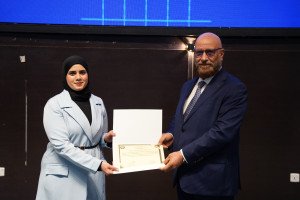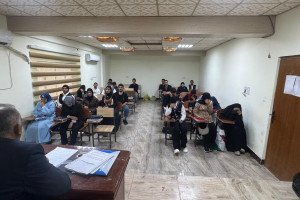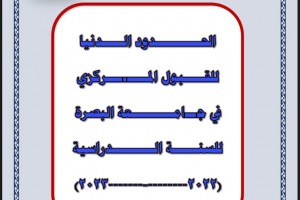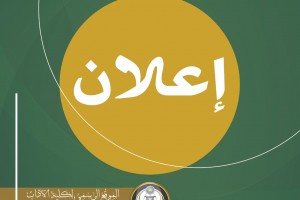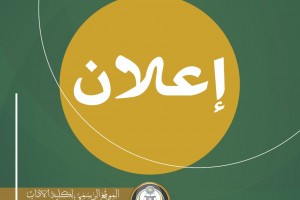
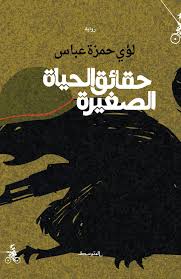
The researcher, professor, story teller, and novelist Luay Hamza Abbas published the novella “The Little Facts of Life”. It is a short novel that is based on a clear tension between opposite acts. It gives the narrative an opportunity to contemplate questions of life and existence, and review political, social and cultural changes.
An example of that tension is the one between the act of children when they kill cats and burn them in a communal ritual, and the act of the boy by whose perspective events are narrated in silent follow-up, and the emotion that is distributed between indifference, and the pain about the fate of cats. It is the tension that allows the narration to describe places, districts of Basra, the stronghold in particular, the characters, the behavior of children, the creatures, the fear and the pain of cats from the torture of children to them. This tension allowed to move between more than one narrative syllable (because this novella consists of eighty-two syllables). A section of this novella describes the tension's relationship with the rat animal, which forms the companion chosen by the novella to review ideas, and to create a space for action that reality does not allow,; it exchanges words with it and gives it the names of those who actually hurt it, in order to repel it from them.
The tension between the two acts continues until it is settled in a shocking way, and this is one of the structural features of the novella. The shooting star, the leader of the boys' group, asks the boy to burn the corpses of the hanged cats. When he doesn't do so, he insults him in front of the group with a cruel insult.
Such a tension hints at the act of loving the boy which is a static one, by measuring their neighbor Balqis who usually comes to visit them with her mother, and her act that induces him to express love explicitly. The area of tension extends as the boy stops the act, as he does not have the courage to cross the distance, as he says, to end with the shock of seeing Salim (his close friend), "he devoured Balqis' lips and she closed her eyes."
The tensions between the novella acts link the narrative, which cannot ignore the political and social changes such as the 1980s war and its effects on Iraqi society and culture, where schools turn to teach loyalty to the leader's values. People are recruited to celebrate his wars in crowd and singing. Belqis and other thousands of Iraqi families are deported from Iraq, on the pretext of their Iranian affiliation. These tensions give them the opportunity to contemplate what they called the small facts of life, which lie behind the immediate, the changing and the apparent. For a person to have a mate, an animal shared with him existence, life, thinking and food. It is a constant reality that is not changed by the transformation of his physical body in this universe from state to state. It is a fact that is compatible with the interior of the stories that the grandmother transmits to the boy, and which is preserved by the books of religion, heritage and old stories.
The novella, due to its affiliation with the short story, is full of meditation. It takes advantage of the growing dramatic conflict, the novelist of genealogy, to investigate the phenomena of the universe, life, creatures and nature, to finally reach the act of meditation, the apparent in the interior, the physics of metaphysics, and the reality with the imagination, and to contain its biased position of the fixed and beautiful, on the immediate and the ugly, and to adhere to the right of the self to reject, and choose what emerges its peculiarity, its individual way of thinking, expression and living.
The novella "The Little Facts of Life" published by the House of the Mediterranean, Italy, 2021, in 118 pages, in medium size.

